Medicinal plants, crops and poisonous plants
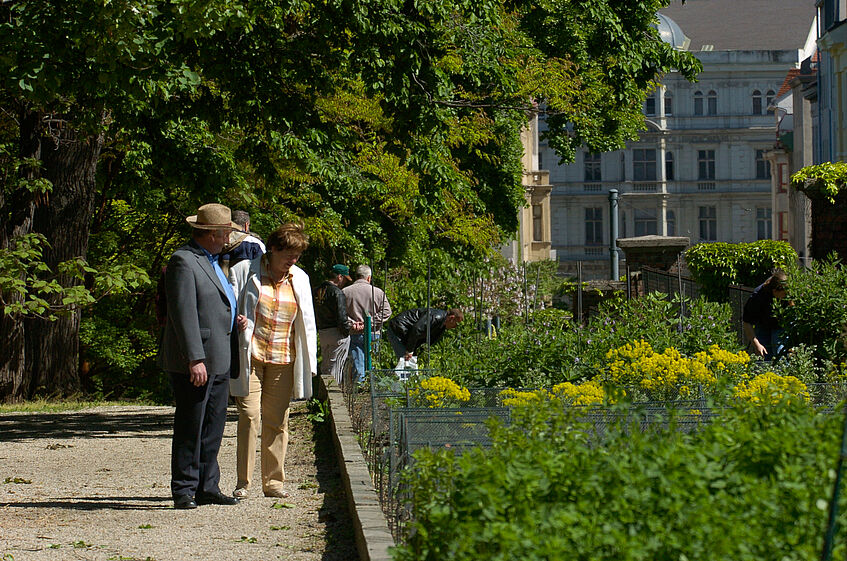
Medicinal, useful and poisonous plants © BGUW_R. Hromniak
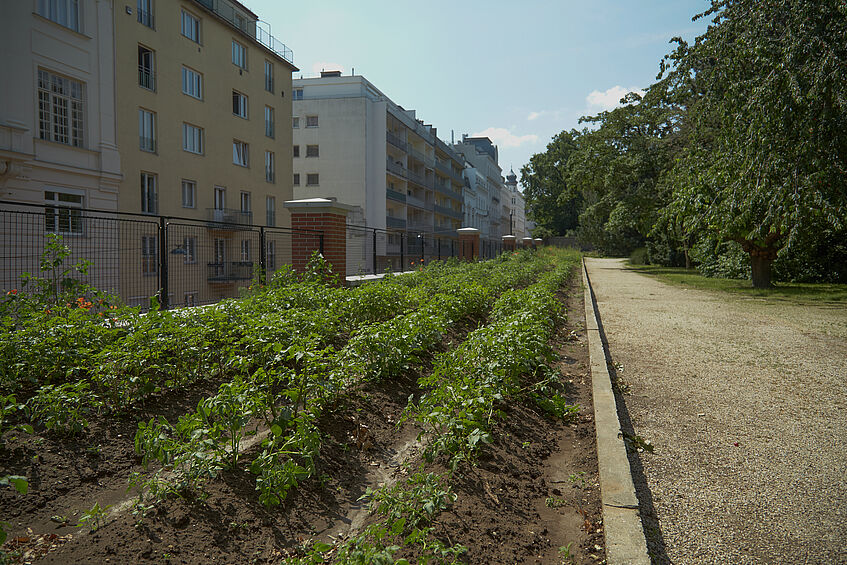
Medicinal, useful and poisonous plants © Yannik Steer
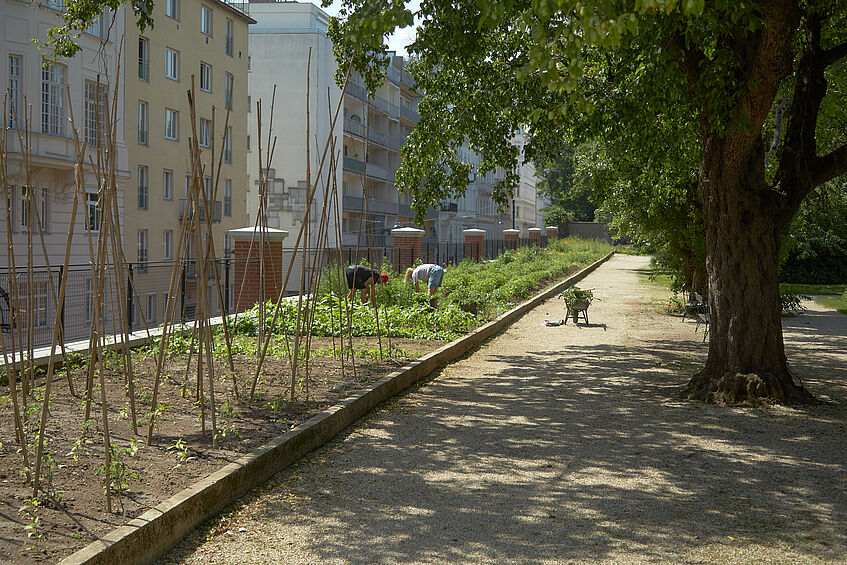
Medicinal, useful and poisonous plants © Yannik Steer
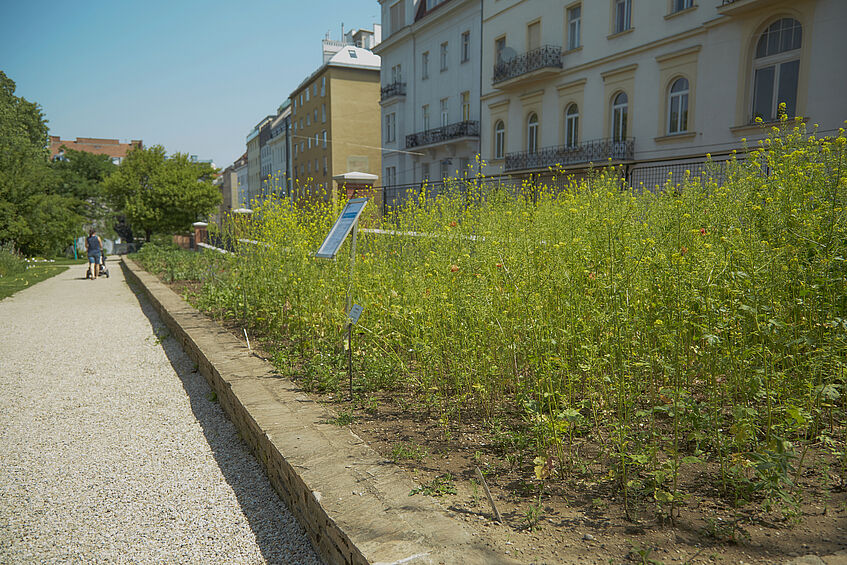
Medicinal, useful and poisonous plants © Yannik Steer
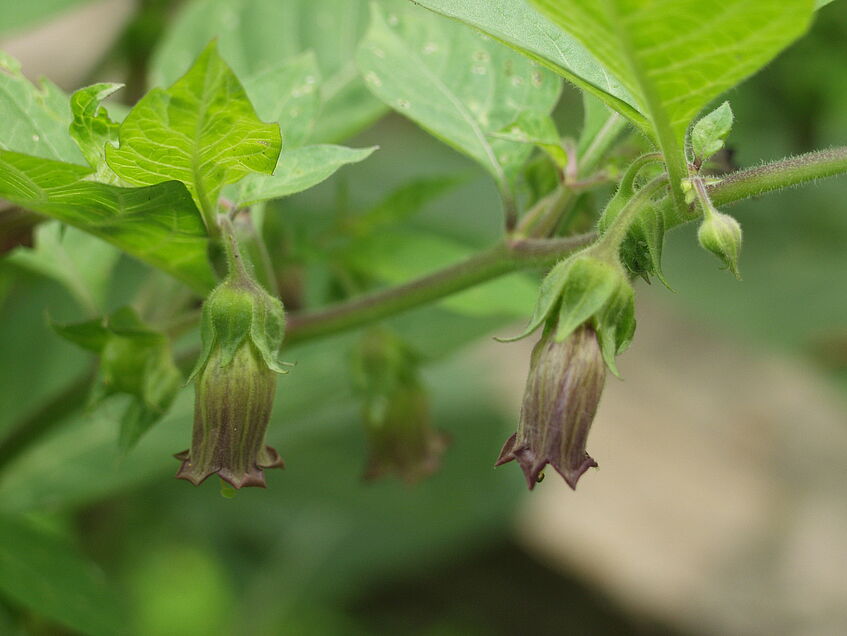
Atropa belladonna © R. Chizzola
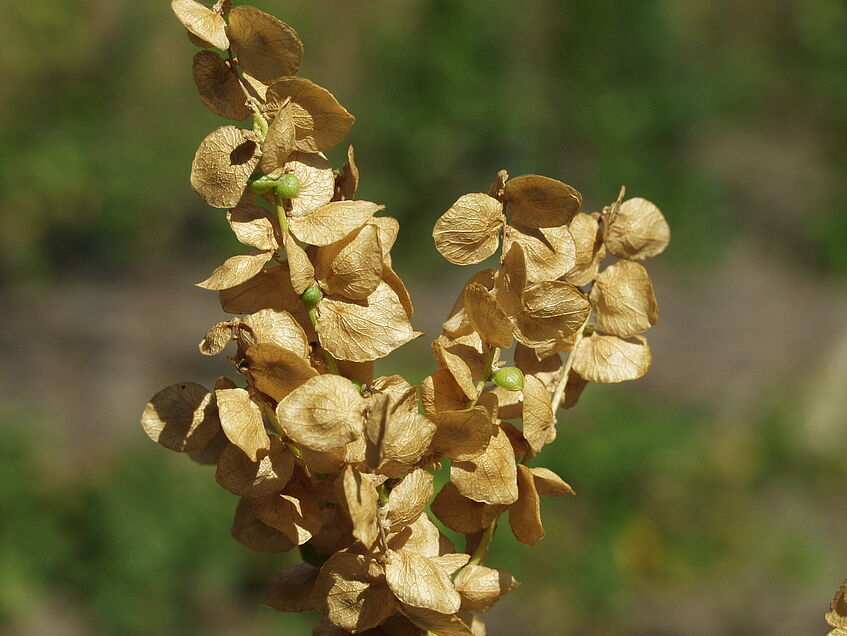
Atriplex hortensis © R. Chizzola
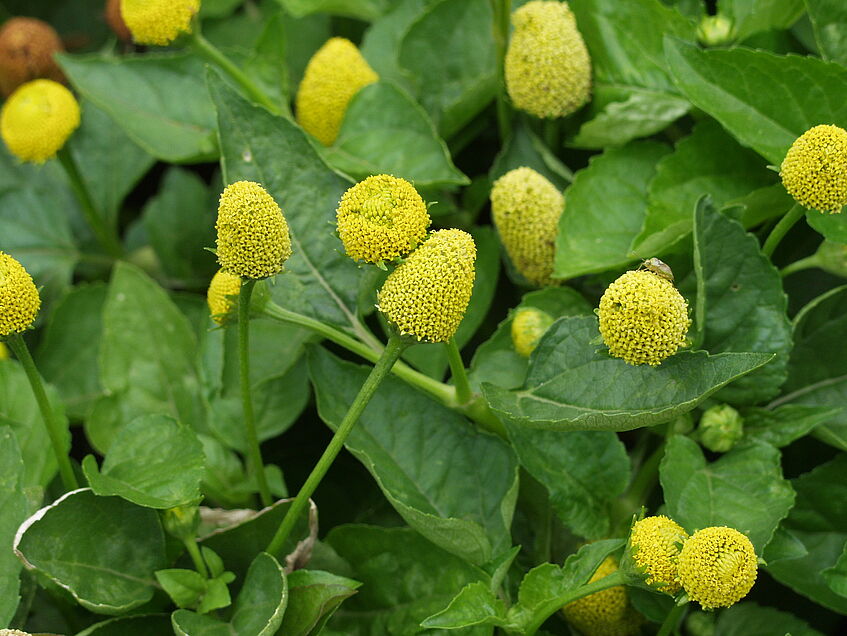
Spilanthes acmella © R. Chizzola
This group is the oldest thematic group in the Botanical Garden. A plant collection under this heading was part of the garden from the onset. Useful plants have lined the Jacquingasse since 1883. That was when the tall supporting wall was erected facing the Jacquingasse. During its recent general renovation (completed in 2018), all these plants were temporarily removed. The new planting began in 2019. After completion of the construction work, the area below the Jacquingasse entrance was devoted to field plots with a variety of crops (legumes, flax, various grains, squash) along with their characteristic wild plants. Many of these "weeds" have become quite rare nowadays. They are collected by the Garden’s staff during collection trips and then transplanted in the plots of the crop plant group.
The plants further above the entrance Jacquintor are grouped according to their uses. This is where grains and pseudocereals, dye and oil plants, poisonous and medicinal plants along with stimulant plants (coffee, tea, cocoa, etc.) are on display. The upper third of the group is planted with vegetables, with a changing focus every year.
Newly planting such a large group always yields valuable new experience – even if this "useful plant" group has in fact been located at this site for over 100 years.
Extensive fields of sunflowers and marigolds, for example, proved to be an unrealistic goal: the pigeons picked most of the seeds before they could even germinate. Our gardeners are learning bit by bit which species can best cope with the conditions under the large avenue trees. The small cotton field was one success story, at least in the first year: the cotton plants developed splendidly in the very hot weather.
